20 Foods That Just Aren’t Worth The Price Anymore
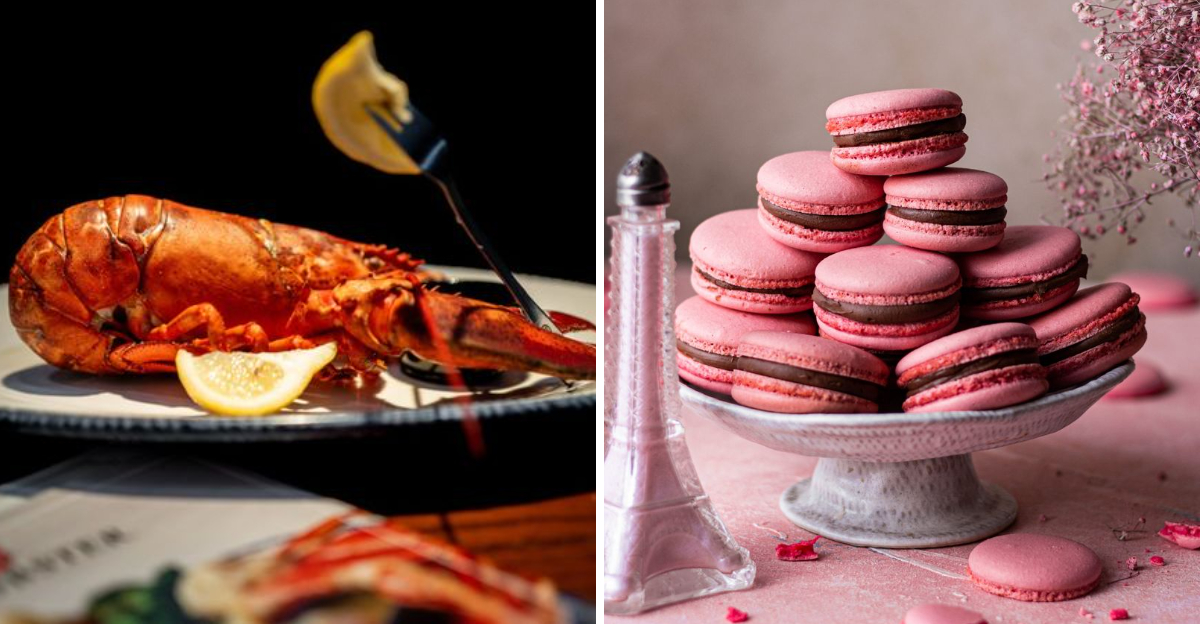
Here are 20 foods that many consumers—and even chefs—say simply aren’t worth the price anymore. Whether due to shrinking portions, inflated costs, or quality that doesn’t match the hype, these items often leave buyers with more regret than satisfaction.
1. Avocados (Especially Out of Season)

High prices, quick spoilage, and flavor that varies wildly make them a risky—and expensive—buy, especially when shipped from far away. Consumers are often frustrated by the unpredictability of ripeness, which can turn a much-anticipated avocado toast into a mushy disappointment. One might ponder the true value of this green fruit, especially when quality is inconsistent. Imported avocados often lack the rich, creamy texture found in local varieties, making them a gamble not worth taking. Despite their popularity, avocados’ price often outweighs their culinary benefits, leading many to question their place in their shopping cart.
2. Truffle Oil
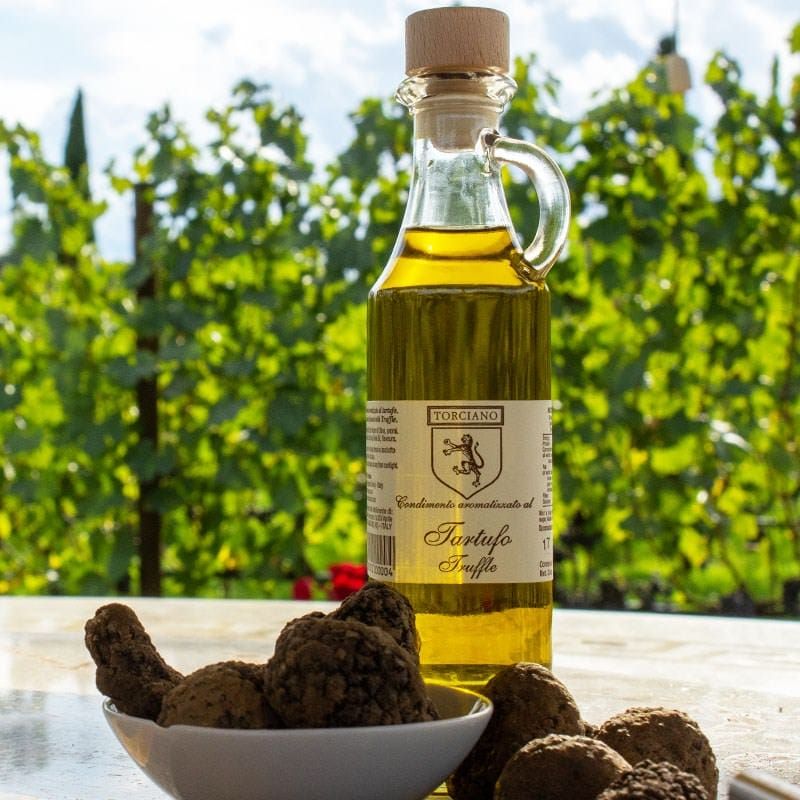
Often synthetic and lacking real truffle, it adds aroma but little true depth—and comes with a luxury price tag. Some chefs argue that truffle oil’s overpowering scent masks the subtle complexity of fresh truffles. This faux-gourmet product often disappoints those seeking genuine truffle experience. Truffle oil’s allure diminishes once consumers realize they’re paying for a synthetic substitute. The culinary world debates its merit, as true truffle enthusiasts shun this overly hyped condiment. Its presence in gourmet markets is misleading, offering more illusion than substance, and often leaving a bitter taste in the buyer’s wallet.
3. Lobster at Chain Restaurants

Once a delicacy, many commercial versions are overcooked, undersized, and overpriced. Diners are often left disillusioned, as the succulent expectation of lobster is unmet by these chain offerings. The quality of lobster at chain restaurants often falls short, with rubbery textures and lackluster flavor. As portion sizes shrink and prices rise, the once-exclusive experience becomes a mundane meal. The promise of luxury is overshadowed by the reality of mediocrity, leaving patrons questioning if the splurge was justified. True seafood lovers now seek alternatives, finding better value and taste elsewhere.
4. Filet Mignon
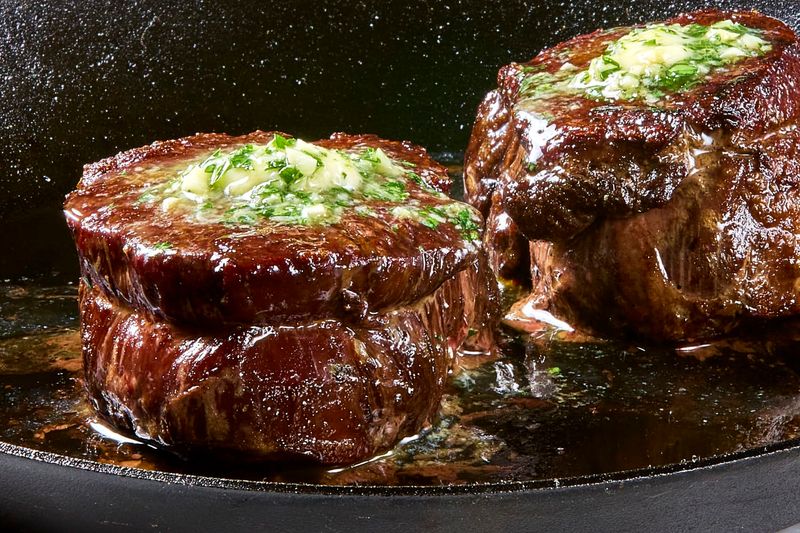
It’s tender, yes—but also bland compared to more flavorful (and often cheaper) cuts like ribeye or sirloin. The subtlety of filet mignon’s texture lacks the robust taste found in other steaks, leading some to question its premium pricing. For meat lovers seeking depth of flavor, this cut might not deliver, overshadowed by its more charismatic counterparts. The allure of filet mignon fades when diners realize a juicy ribeye offers a richer experience. Despite its reputation, the filet’s cost often outweighs the satisfaction, pushing many to reconsider their steakhouse choices.
5. Bottled Smoothies

These pre-made drinks are often packed with sugar, lack fiber, and cost more than a freshly made one at home. Many health-conscious consumers are surprised by the hidden sugars lurking within, turning a supposed health boost into a dietary pitfall. The convenience of bottled smoothies comes at a nutritional cost, often lacking the wholesome goodness of homemade versions. Consumers are paying a premium for what amounts to colorful sugar water in a bottle. As awareness grows, more are opting to blend fresh ingredients, realizing the value and freshness lost in these pricey pre-packaged options.
6. Store-Bought Cold-Pressed Juices
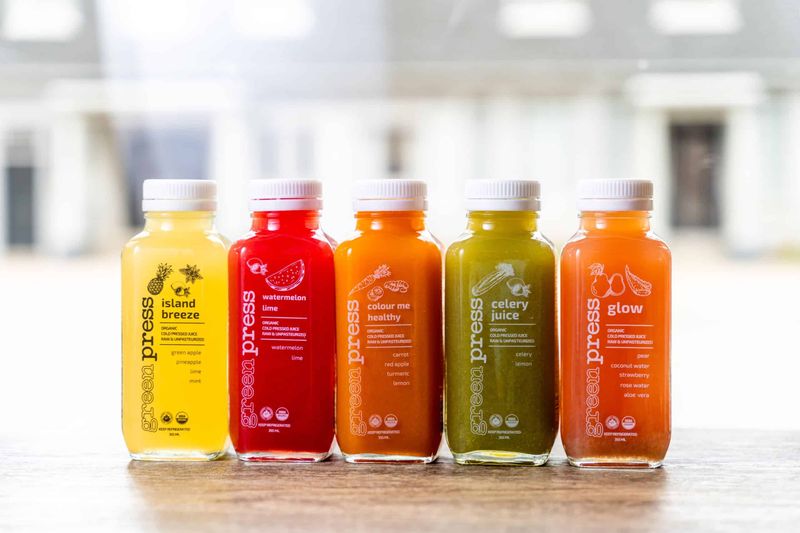
They boast nutrients, but oxidation starts the minute they’re made—and you’re paying a premium for rapidly diminishing benefits. Enthusiasts are often misled by the vibrant colors and health claims, overlooking the juice’s fleeting freshness. The art of cold-pressed juice loses its appeal when consumers realize they’re purchasing more illusion than nutrition. As prices climb, the initial allure of these juices fizzles, prompting many to question their true health value. With nutrients vanishing as fast as dollars leave wallets, the cold-pressed craze appears more fad than fab for discerning shoppers.
7. Macarons

Beautiful but tiny and often overly sweet, these treats rarely justify their $2–$4 per bite price tag. Despite their chic appearance, a single macaron offers minimal satisfaction, leaving sweet tooths unsatisfied and wallets lighter. The delicate nature of macarons means they often crumble before consumption, adding to the dismay. For those who indulge, the fleeting pleasure rarely matches the cost, prompting some to seek more substantial desserts. The allure of macarons lies in their aesthetics, yet their substance is often lacking, making them a treat more for the eyes than the taste buds.
8. Açaí Bowls

Touted as superfoods, but loaded with sugary toppings and often costing $10–$15 for a glorified fruit smoothie bowl. The trendiness of açaí bowls masks their true nutritional value, which can be overshadowed by excessive sweeteners. Those seeking health benefits may find themselves paying for a sugar rush instead. The vibrant appearance of these bowls deceives, as the cost rarely matches the hype. Enthusiasts are beginning to question whether the açaí bowl’s appeal lies more in its Instagrammable qualities than its health benefits, making it a costly addition to the wellness trend.
9. Wagyu Beef at Non-Specialty Restaurants
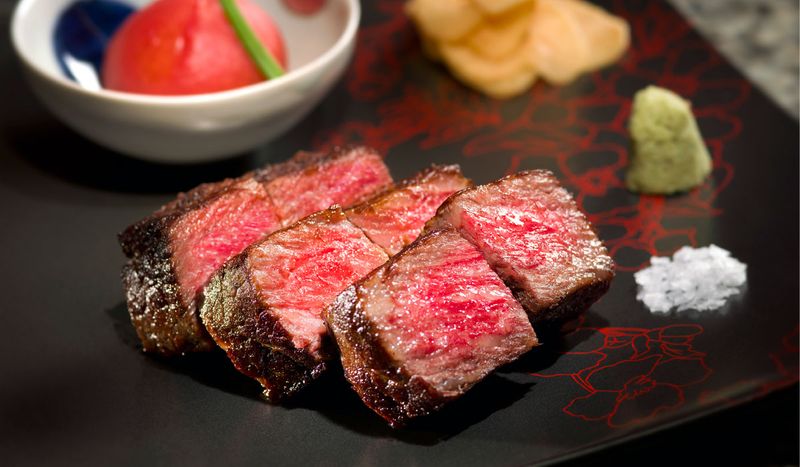
Unless it’s certified and properly prepared, you’re likely overpaying for a watered-down version of true Wagyu quality. The mystique of Wagyu is often lost when served outside specialty venues, where authenticity is questionable. Diners expecting the melt-in-your-mouth experience may find themselves chewing through disappointment. The high cost of non-specialty Wagyu rarely delivers the luxurious promise, leading many to seek true quality elsewhere. The allure of Wagyu diminishes in the face of imitation, leaving discerning palates craving the genuine article. As awareness grows, consumers are increasingly cautious about where they invest in this premium meat.
10. Caviar
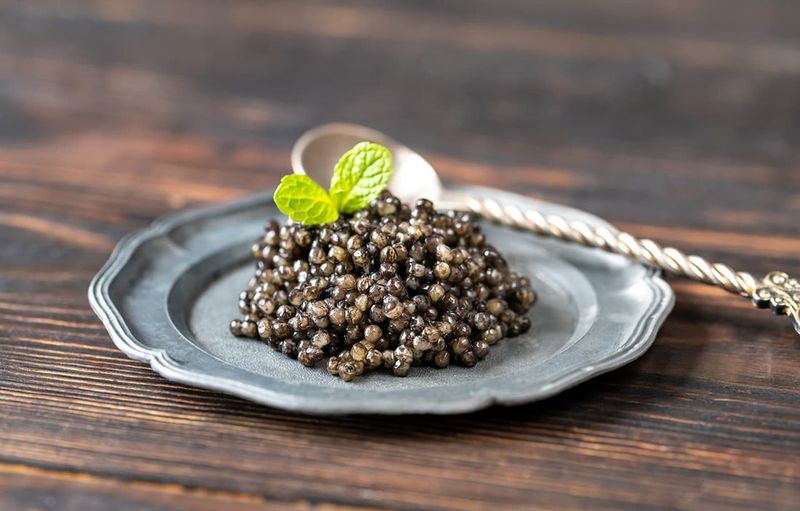
A luxury status symbol, but with skyrocketing prices and inconsistent freshness, it’s not always worth the splurge. Discerning diners often find themselves disappointed by lackluster taste and texture, despite paying a premium. The allure of caviar lies in its exclusivity, yet its value is frequently questioned by those who encounter subpar offerings. As prices rise, the once-regal experience of caviar becomes a risky indulgence. For many, the dream of luxury is overshadowed by the reality of inconsistency, leading them to reconsider this traditional delicacy. True aficionados are now more selective, seeking quality over mere prestige.
11. Sushi from the Supermarket
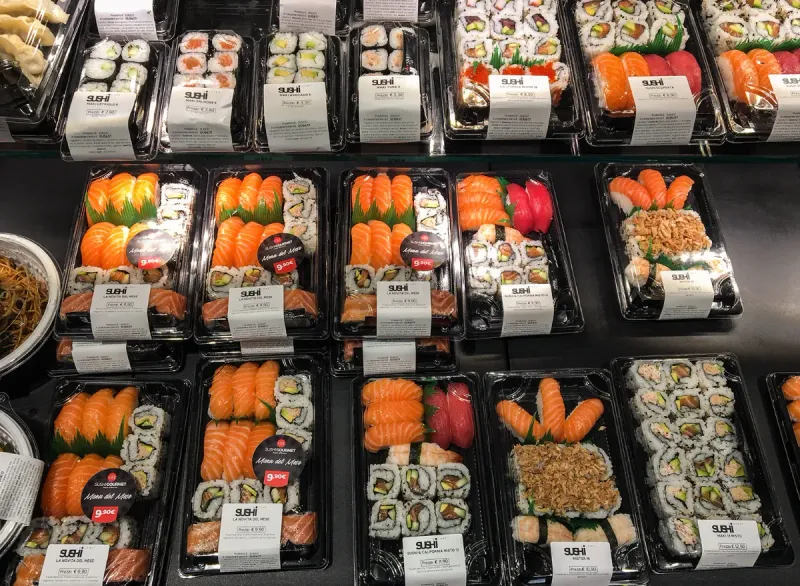
Typically lacks freshness, texture, and flavor—but still comes at a premium price compared to what you’re actually getting. Sushi enthusiasts often find supermarket offerings underwhelming, with quality far removed from that of a dedicated sushi bar. The convenience of ready-made sushi is appealing, yet the eating experience frequently falls flat. Shoppers are beginning to weigh the cost against the disappointing taste, finding better value in fresh alternatives. When the allure of convenience fades, the reality of supermarket sushi leaves much to be desired, prompting a reassessment of its worth in the world of culinary delights.
12. Protein Bars
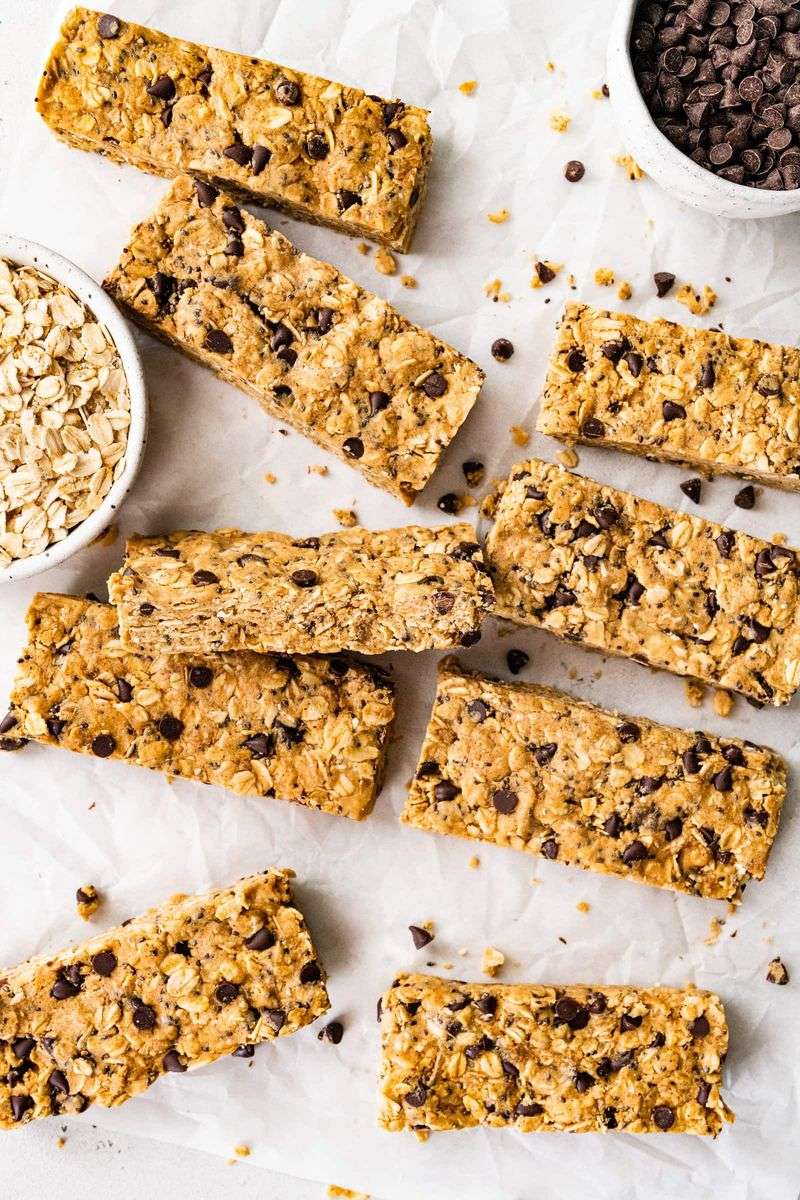
Often full of sugar alcohols and preservatives, many aren’t better than candy bars—yet cost double or triple. Fitness enthusiasts seeking a quick protein fix may find themselves biting into more than they bargained for. The promise of health and convenience is overshadowed by questionable ingredients. The true nutritional value of protein bars is frequently debated, as consumers realize they might be paying for clever marketing rather than wholesome energy. As the market for protein snacks grows, so does the scrutiny over their actual benefits, leading many to reconsider these pricey bars.
13. Bottled Water (Premium Brands)

Paying $3–$5 for a branded bottle of water that’s not meaningfully different from filtered tap is rarely justified. Thirsty shoppers are often lured by sleek packaging and lofty claims, only to find little more than cleverly branded hydration. The allure of premium water evaporates when the true cost is weighed against basic needs. Consumers are increasingly opting for reusable bottles, realizing the environmental and economic impact of buying into the bottled water myth. As debates about quality and necessity continue, many are questioning the wisdom of spending heavily on what flows freely from the tap.
14. Rainbow or Gimmicky Donuts

Instagrammable but underwhelming in flavor, these donuts often prioritize appearance over taste—and are priced accordingly. Sweet lovers are drawn to their vibrant colors and novelty, yet frequently find the flavors one-dimensional. The hype surrounding gimmicky donuts doesn’t always match the eating experience, leaving buyers questioning their purchase. When the visual appeal fades, the true worth of these donuts is revealed, often lacking substance. As trends shift, consumers are gradually turning towards more traditional, flavorful options, seeking satisfaction beyond mere aesthetics in their sweet indulgences.
15. Gold Leaf on Food
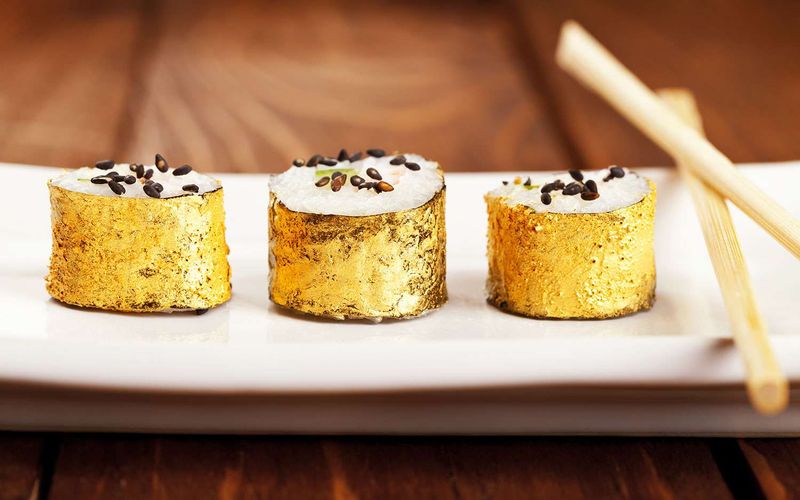
Adds zero flavor or nutrition—just visual appeal at a hefty cost. You’re literally paying to eat metal. Foodies seeking grandeur might find themselves questioning the value of this culinary embellishment. The shine of gold leaf quickly tarnishes when the price is measured against its impact on taste. Despite its glamorous appeal, the presence of gold leaf often signals style over substance in the dining world. As diners become more discerning, the true value of eating gold is questioned, leading many to opt for more meaningful culinary experiences that offer both taste and value.
16. Overloaded Milkshakes (Freakshakes)

Topped with donuts, brownies, or whole cupcakes—visually fun but usually more sugar than substance for $15+. These extravagant creations captivate with their over-the-top presentation, yet frequently disappoint in terms of flavor depth. The novelty of freakshakes wears thin when the sugar rush kicks in, leaving patrons with more spectacle than satisfaction. As the trend for extreme milkshakes peaks, many are questioning their true culinary value. In the world of sweet indulgences, substance over style prevails, prompting a shift towards simpler, more gratifying treats that prioritize taste over theatricality.
17. Organic Chicken Breast (Pre-Packaged)

You’re often paying double for a label without a guarantee of higher welfare standards or better flavor—buy from a local source instead. Health-conscious consumers are drawn to the allure of organic labels, yet the true benefits are frequently debated. The promise of superior quality is overshadowed by questionable sourcing and inflated costs. As awareness of food sourcing grows, many are opting for local, trustworthy suppliers, finding better value in quality and ethics. The organic label’s shine is dimming as consumers prioritize transparency and taste over mere branding, making informed choices in the meat aisle.
18. Fancy Cupcakes

Once trendy, now often overpriced ($5–$7) for a tiny serving of dry cake with sugary frosting. The allure of fancy cupcakes fades as consumers bite into disappointment, discovering that beauty doesn’t always equate to flavor. The trend of boutique cupcakes has waned, with buyers seeking more fulfilling sweet experiences. As prices rise, the charm of these decorated treats diminishes, leaving many to ponder their true worth. In a world of evolving dessert preferences, cupcakes are losing ground to more innovative and satisfying options, prompting a return to flavor-focused choices.
19. Designer Coffee Drinks

Some limited-edition lattes or frappes can cost as much as a meal—and are heavy on syrup, light on actual coffee. Coffee lovers are enticed by elaborate concoctions, yet often find themselves questioning the balance between cost and caffeine. The spectacle of designer coffee drinks rarely matches the warmth of a simple, well-crafted brew. As the market for gourmet coffee expands, so does the awareness of true value in simplicity. For many, the journey back to authentic coffee experiences is underway, as consumers seek depth and flavor over fleeting novelty in their morning rituals.
20. Pre-Cut Fruit Cups
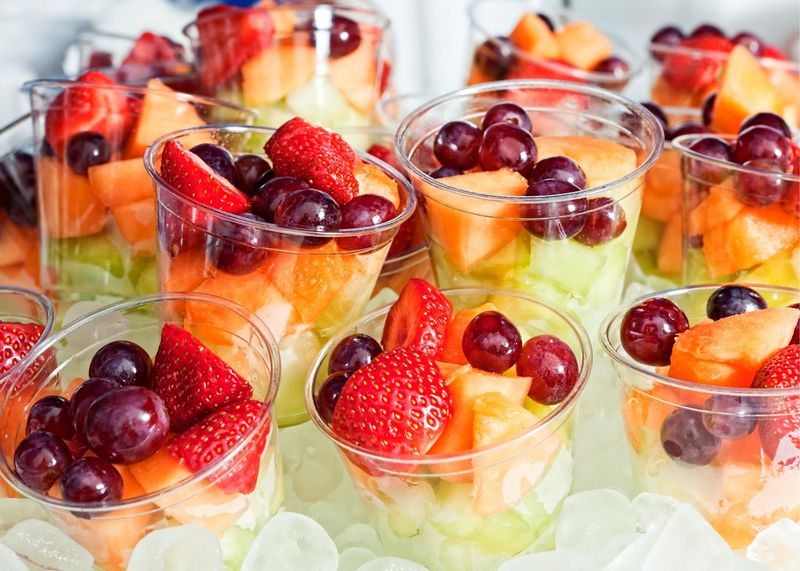
Convenient, yes—but marked up 300–500% and often less fresh than whole fruit you can cut in under a minute. Shoppers are drawn to the ease of pre-cut fruit, yet often find the freshness lacking compared to cutting their own. The hefty price tag of convenience is increasingly questioned as consumers prioritize value over immediacy. As awareness of food waste and cost-efficiency grows, many are opting for whole fruits, finding satisfaction in both taste and savings. The pre-cut fruit cup’s appeal is dwindling, replaced by a more sustainable approach to enjoying nature’s sweetness.
